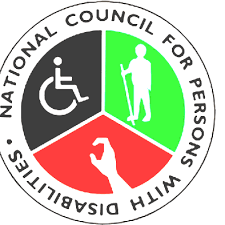Understanding The United Kingdom Monarchy
The death of Queen Elizabeth II, the longest-reigning monarch in British history, has drawn worldwide attention with most of the young generation curiously probing the meaning of the British Monarchy and how important it is to the world.
Despite the United Kingdom monarchy having a great impact to the world, they hold no real power in the British government, instead, upon evolution over years, the ruler's role has become largely symbolic.
Well, first let’s understand what a Monarchy is, this is a political system where the supreme authority is in the monarch (an individual ruler who functions as the head of state).
The British Monarchy therefore, means a constitutional form of government by which hereditary sovereign reigns as the head of state of the United Kingdom.
The current Monarchy is headed by King Charles III who assumed the throne upon the death of Queen Elizabeth II.
The monarch is limited to functions such as bestowing honors and appointing the Prime Minister which is expected to be delivered in a non-partisan manner.
Further, the Monarch undertakes various official, ceremonial, diplomatic, and representation duties.
The elected parliament is in charge of making and passing legislation.
Although the ultimate executive authority over the government is still formally by and through the royal laws, these powers may only be used according to laws enacted in Parliament, and, in practice, within the constraints of convention.
The British monarchy traces its origin from the Anglo-Saxon England and Medieval Scotland which consolidated into the Kingdoms of England and Scotland in the 10th century.
In 1066 England was conquered by Normans after which Wales came under the control of Anglo-Normans.
In the 13th century Wales became a client state of English Kingdom hence Magna Carta began the process of reducing the English monarch’s political power.
This means the English and Scottish Kingdoms from 1603 were ruled by a single sovereign.
From 1649 to 1660, the tradition of monarchy was broken by the republican Commonwealth of England, which brought about wars among the three kingdoms.
During the reign of William and Mary as co-monarchs, the Bill of rights 1689 and claim of right Act 1689, the power of the monarchy excluded Roman Catholics from the succession of the throne.
In 1707, the kingdoms of England and Scotland were merged to create the Kingdom of Great Britain, and in 1801, the Kingdom of Ireland joined to create the United Kingdom of Great Britain.
The British monarch was the head of the vast British Empire which covers almost quarter of the world.
The Balfour Declaration of 1926 recognized the evolution of the Dominions of the Empire into separate, self-governing countries within a common wealth of nations.
During the Second World War, the majority of British colonies and territories became independent which brought the Empire to an end.
The monarchs then adopted the title Head of the Commonwealth as a symbol of the free association of its independent member states.
The United Kingdom and fourteen other independent sovereign states that share the same person as their monarch are called Commonwealth realms.
The common wealth states work together to pursue common goals and values.
Leaders of member countries shape Commonwealth policies and priorities, they meet after every two years.
These countries owe allegiance to the British King or Queen but the United Kingdoms did not rule over them.
Tags: Signs Tv Queen Elizabeth Ii United Kingdom Monarchy


